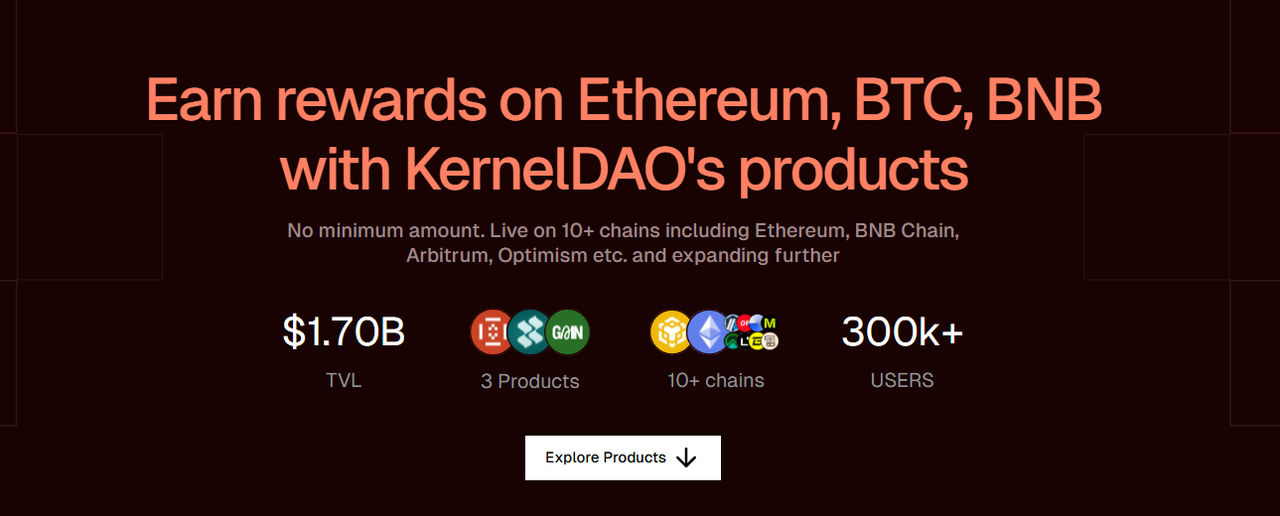Onchain Token Vesting With Sablier

Problem
On October 4, 2024, EigenLayer shared a community update that they were investigating "unapproved selling" from an investor wallet .
This understandably affected the trust the community had in the EigenLayer team, led to a lot of drama and worry on crypto Twitter, and probably scared many potential users and investors away.
The question is: how was it possible, in the first place, that an investor could sell tokens for which they did not have the approval for?
The reason is simple: EigenLayer used offchain vesting.
Although you can technically conduct finance off-chain through banks and traditional financial institutions, DeFi is clearly preferable because it offers more control, transparency, and independence. Similarly, it's better to vest tokens on-chain rather than off-chain.
Offchain vesting requires trust, using unreliable token transfer mechanisms, etc.
On the other hand, vesting tokens onchain removes this need for trust, and offers a rock-solid approach when it comes to token transfers, as the vesting happens according to unbreakable smart contract logic.
There's the catch, however. Implementing your own vesting contract is risky, as its code might contain bugs. It also takes a lot of time, and your investors may want to have access to a vesting interface as well.
Properly implementing all of that on your own is technically feasible, but it's hard, and it will distract you from building your project.
Solution
The great news is that Sablier exists precisely to help you in those situations, as it's the leading onchain crypto token distribution solution. It's been used by the likes of Uniswap DAO, Shapeshift , and thousands of others, for use cases spanning from token vesting, to airdrops and grants, but also crypto payroll.
Treasury managers love it , and it's also available on every EVM chain you think can of. But more importantly: it's never, ever, suffered from a hack since its inception back in 2019, and it's been audited countless times. It's battle-tested. It's secure.
Had EigenLayer used Sablier, this unfortunate situation could have been entirely avoided. The Sablier protocol would have ensured that the attacker couldn't withdraw the tokens. Moreover, if the recipient address had been entered incorrectly, the vesting plan could have been easily canceled and recreated with the correct address.
Start using Sablier today on sablier.com.
This post is commissioned by Sablier and does not serve as a testimonial or endorsement by The Block. This post is for informational purposes only and should not be relied upon as a basis for investment, tax, legal or other advice. You should conduct your own research and consult independent counsel and advisors on the matters discussed within this post. Past performance of any asset is not indicative of future results.
Disclaimer: The content of this article solely reflects the author's opinion and does not represent the platform in any capacity. This article is not intended to serve as a reference for making investment decisions.
You may also like
Research Report | GOMBLE Project Overview & GM Market Cap Analysis

Mantra CEO proposes burning $236M in tokens to rebuild trust

Research Report | PAWS Project Overview & Market Value Analysis


